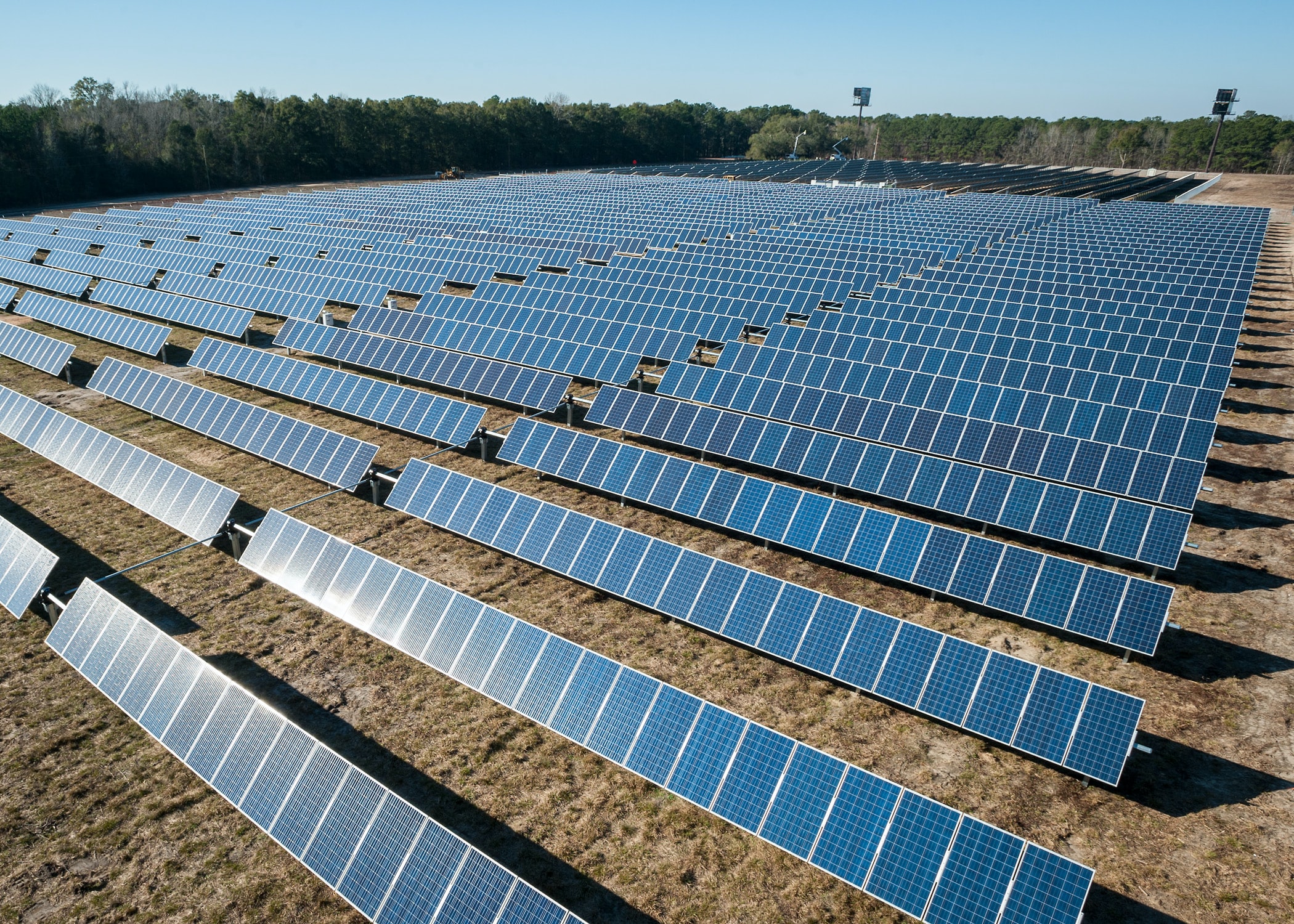
While the notion of harnessing solar energy for residential purposes isn't exactly groundbreaking, the adoption of solar systems in UK households has surged dramatically over the past ten years. This shift can largely be attributed to heightened awareness regarding the climate crisis, as well as the decreasing cost associated with setting up solar installations.
Currently, the UK ranks seventh globally in terms of renewable energy deployment, marking a commendable milestone. However, it's evident that much remains to be achieved in the fight against carbon emissions. The UK government has committed itself to a long-term strategy aimed at achieving net-zero emissions by 2050.
Although switching to solar energy represents an eco-friendly choice, many people wonder how exactly solar power functions. Essentially, it relies on scientific principles, proper installation techniques, and the natural resources provided by sunlight.
One common misunderstanding about solar power involves assuming that these systems operate effectively only in warm, sunny climates. In reality, the UK already boasts over 6 gigawatts worth of solar panels installed across homes, surpassing the output capacity of the nation's largest fossil fuel facility. Clearly, solar energy proves viable even in regions with temperate weather conditions.
Understanding Solar Technology
At its core, solar panels capture sunlight and transform it into electrical power. This electricity powers household devices, while excess amounts get redirected back into the national grid for redistribution.
To grasp how solar power operates, we must first examine what constitutes a solar panel. These units consist of photovoltaic cells, often abbreviated as solar PV. Such cells play a crucial role in converting sunlight into usable electric currents.
Each photovoltaic cell comprises layers sandwiched between semiconductor materials like silicon. Different layers exhibit distinct characteristics that respond positively under exposure to sunlight, creating an electric field through the photoelectric effect. Triggering this phenomenon generates the current necessary for producing electricity.
Powering Homes Through Solar Energy
Though rooftop solar arrays represent the most visible component of a solar setup, several internal processes ensure sufficient energy supply within homes. Here's how solar power contributes to powering residences.
It's essential to recognize that photovoltaic cells initially produce direct current (DC), which cannot directly power typical household appliances requiring alternating current (AC). Consequently, a device called an inverter becomes integral to converting DC into usable AC energy.
Installed alongside the solar array, inverters manage the conversion process, channeling transformed AC energy toward the home's main distribution panel. Typically located in accessible areas such as garages, these inverters also offer insights into system performance metrics including daily production levels.
Once transferred to the switchboard, AC energy gets distributed among various household appliances. If demand exceeds generation, leftover power flows back to the national grid. Importantly, modern solar setups operate autonomously without manual intervention, adjusting seamlessly between self-generated and grid-sourced supplies depending on real-time usage patterns.
Do Solar Panels Require Extreme Weather Conditions?
When considering how solar panels function, it might seem logical to assume they thrive exclusively under intense sunlight. However, solar panels respond primarily to visible light rather than temperature extremes; thus, they continue functioning efficiently during daylight hours regardless of ambient conditions.
Locations receiving more than eight hours of sunshine annually present ideal sites for installing solar panels. Ideally, roofs oriented towards the south maximize exposure throughout the day. Interestingly, extremely hot or cold environments tend to diminish efficiency slightly compared to moderate climates, making the UK particularly favorable for solar panel installations.
With a clearer understanding of how solar panels operate, perhaps now is the right moment to embark on your personal solar adventure. Reach out to our knowledgeable team today to explore customized solutions tailored specifically for your requirements.
High Speed Mixer Machine,High Speed Mixer Unit,High Speed Mixer Granulator,Central Feeding System
Jiangsu Kunwei Langsheng Equipment Technology Co., Ltd , https://www.kunweilanxess.com